A world-famous Danish designer imagined a luxury hotel above the heart of the Visegrad Mountains (and the entire planet, according to many), at Dobogókő. This idea inspired Johannes Torpe and this team, too, when they designed a mountainside hotel fitting closely into the landscape, which could easily pass as a sacral space. Let’s see the gorgeous designs.
There has been an unfinished and abandoned construction site at Dobogókő located from 50 kilometers from Budapest since the early 2000s. Probably everyone has given up on it, but just before it faded into oblivion, Johannes Torpe Studios saw the opportunity in it, and designed a 210-room spa hotel on its place.
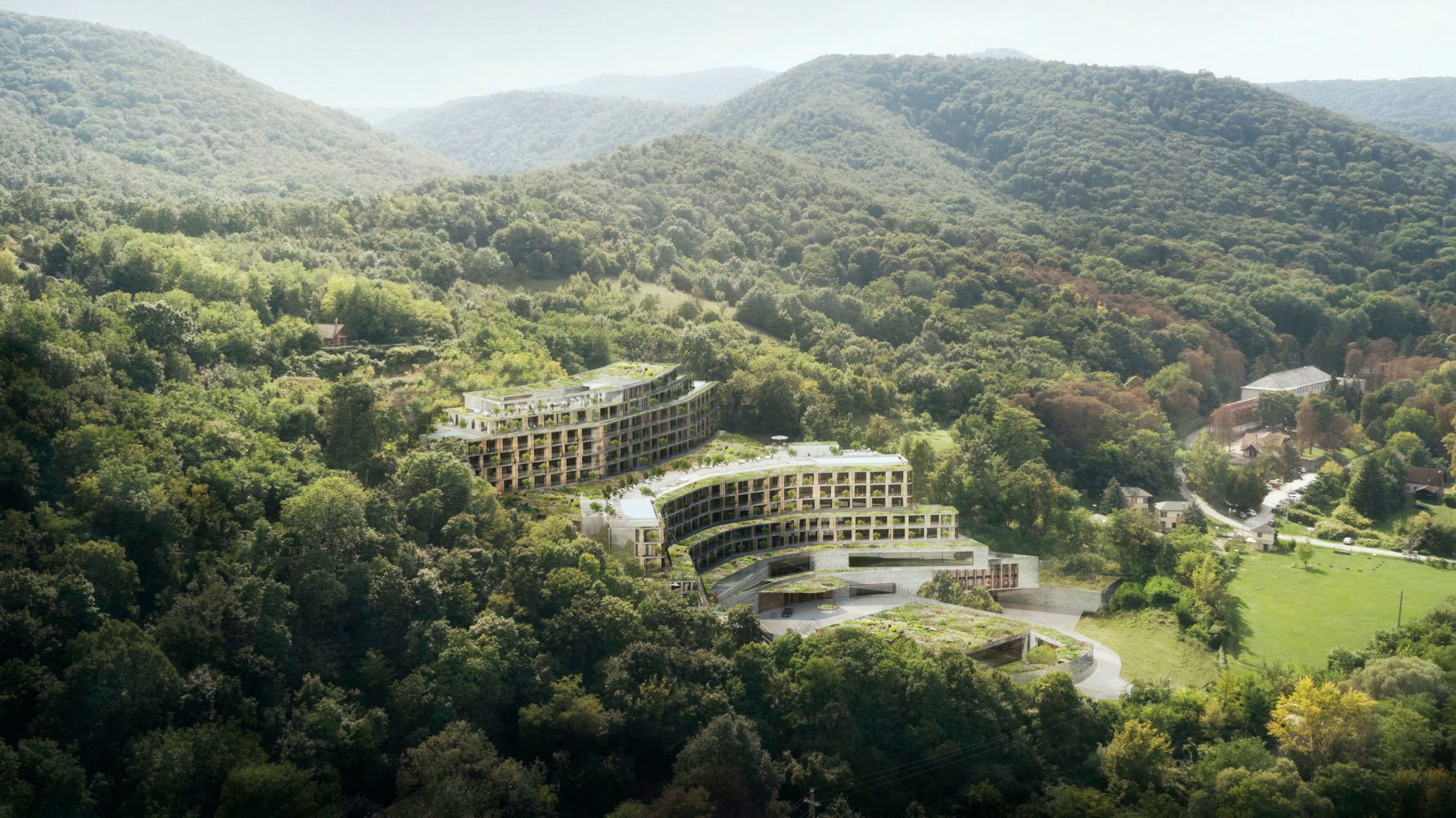
The project is more than your average new hotel. The world-famous Danish studio led by Johannes Torpe – the former lead designer of Bang & Olufsen – dreamt a location-specific contemporary building that does not oppress nature, but rather emphasizes the symbolism of the place in perfect harmony with the same, thus creating a sense of unity between man and nature.
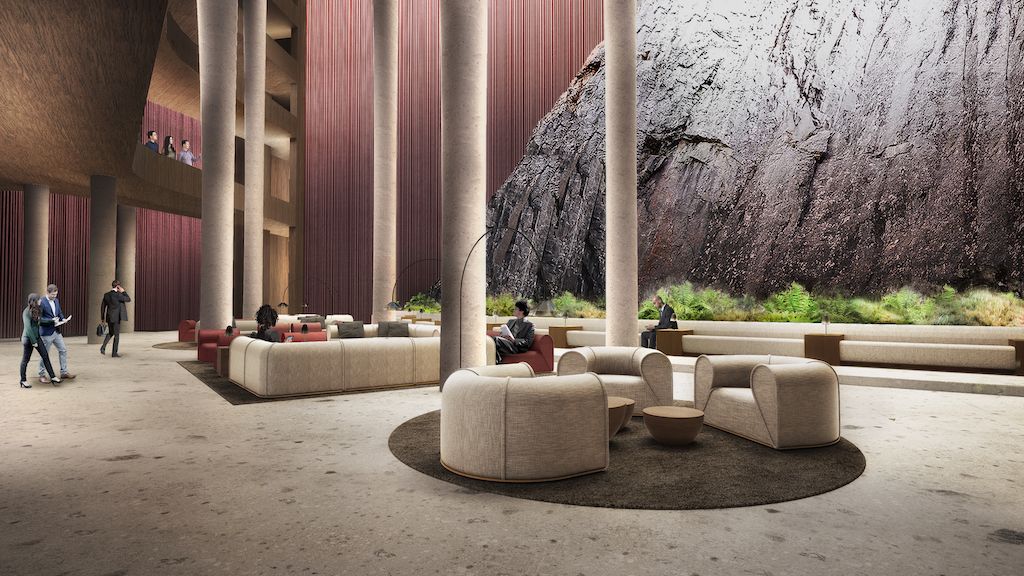
Many people don’t know the background of the name Dobogókő (literally translated as “pounding rock”): in a spiritual sense, the Earth also has chakras, centers of energy, just like our bodies. And same as in the case of people, the main center of energy of the planet is also the heart chakra. Some people (including the Dalai Lama) claim that this chakra is beneath Dobogókő. For those less intrigued by spirituality and who are on the verge of clicking away, let’s take a look at the Gaia theory. According to the hypothesis developed in the 1970s and published by NASA, all parts of the Earth, the air, the waters and the biosphere form a closely linked homeostatic system. The system includes the Ley lines, energy paths, weaving through the Earth as a network. According to the theory, vast amounts of energy concentrates at the places that are located on these lines, including the Pyramids, Stonehenge and Dobogókő.
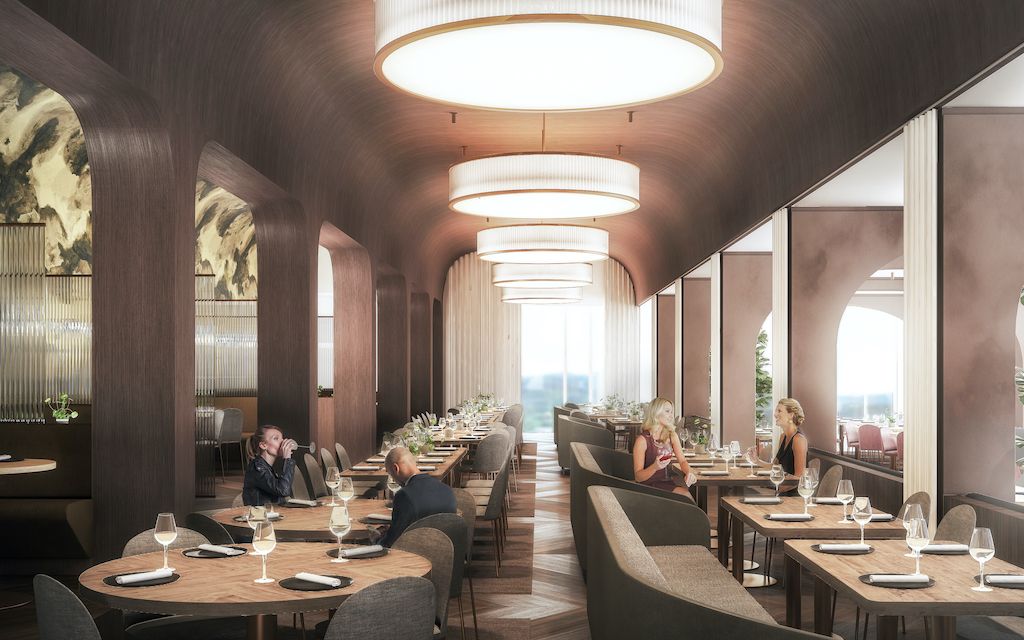
Starting from this line of inspiration, the team of designers dreamt a building that resonates with these strong Earth energies. The goal was to embrace and complement the existing concrete structure, this gives the basis of the hotel. The main building is located in a 32 meter high mountainside, in an atrium-like manner. Here, once again, the designers turned to the heart chakra for inspiration, or to its symbol to be more accurate, the lotus blossom: the building expands both vertically upward and horizontally in the way the lotus unfolds its petals. The guests arriving at the lobby on the ground floor enter a very solid space suggesting safety, directly in the side of the rock. The sense of space becomes more open and airy moving upwards story by story. The use of materials further enhances this process: the dark tones and warm textures of the lobby (natural wood, granite, concrete, marble) are replaced by subdued colors, glass, metal and light wooden materials.
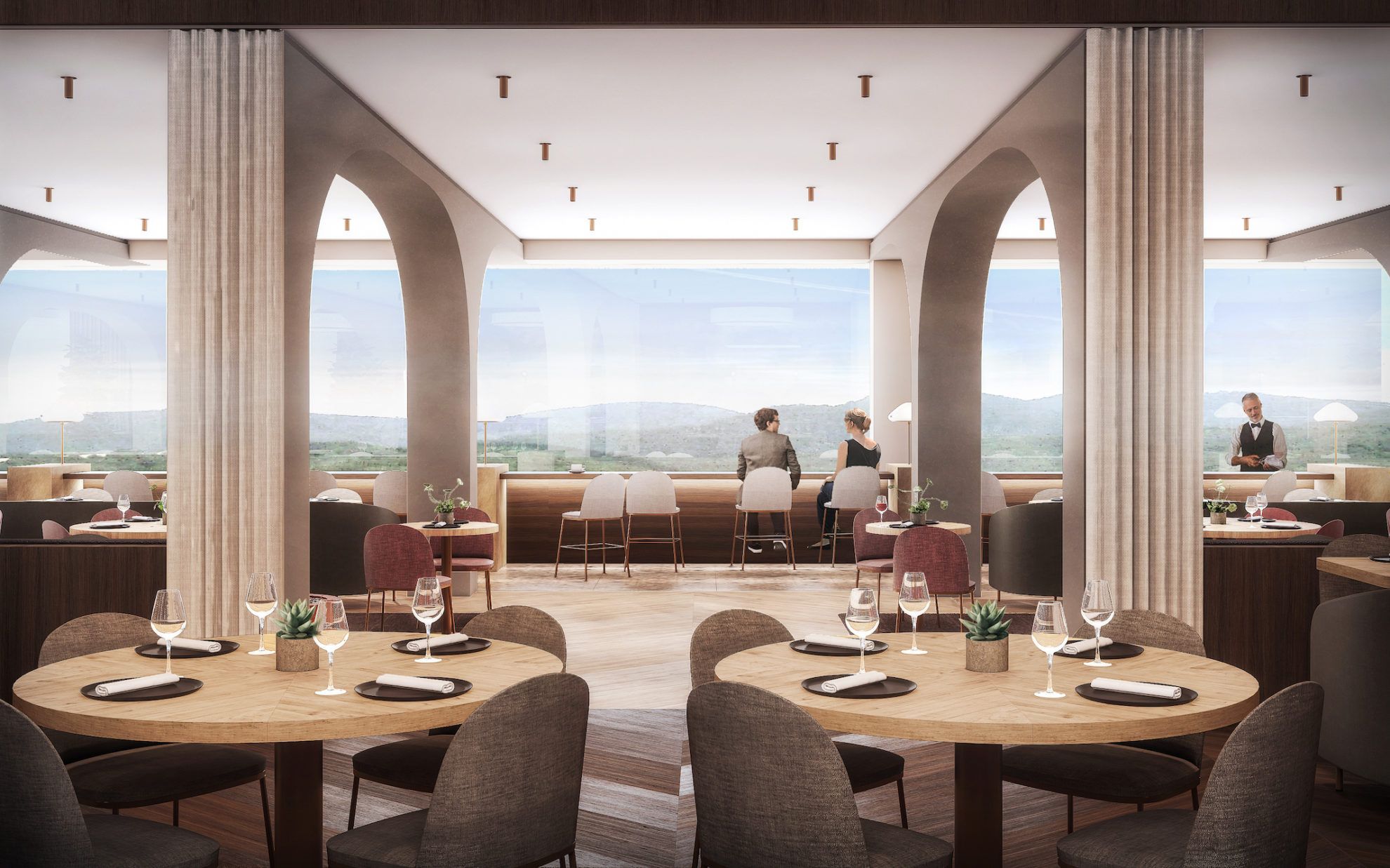

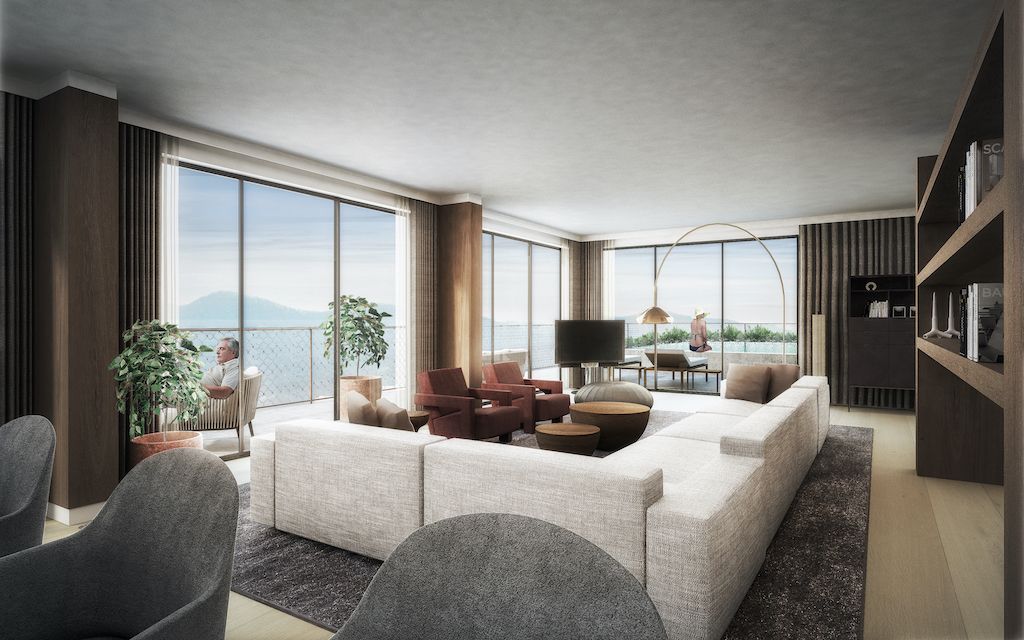
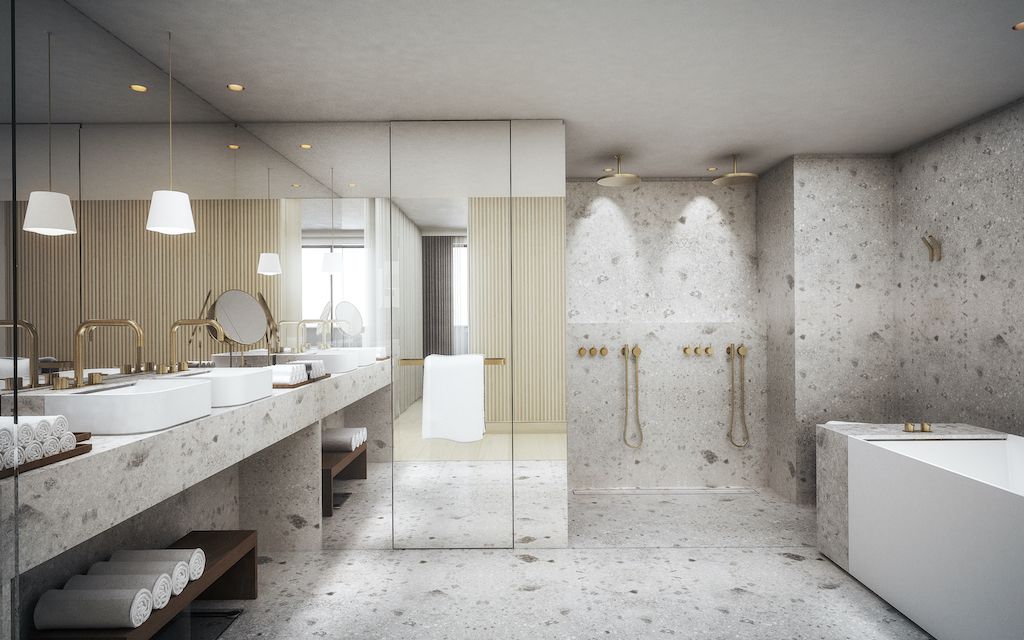
One part of the spa is located on ground level. This cozy, cave-like space also gives home to a Turkish thermal bath to accompany the saunas and jacuzzis. Guests can also enjoy the pool on the top of the building, where they also established a yoga studio.
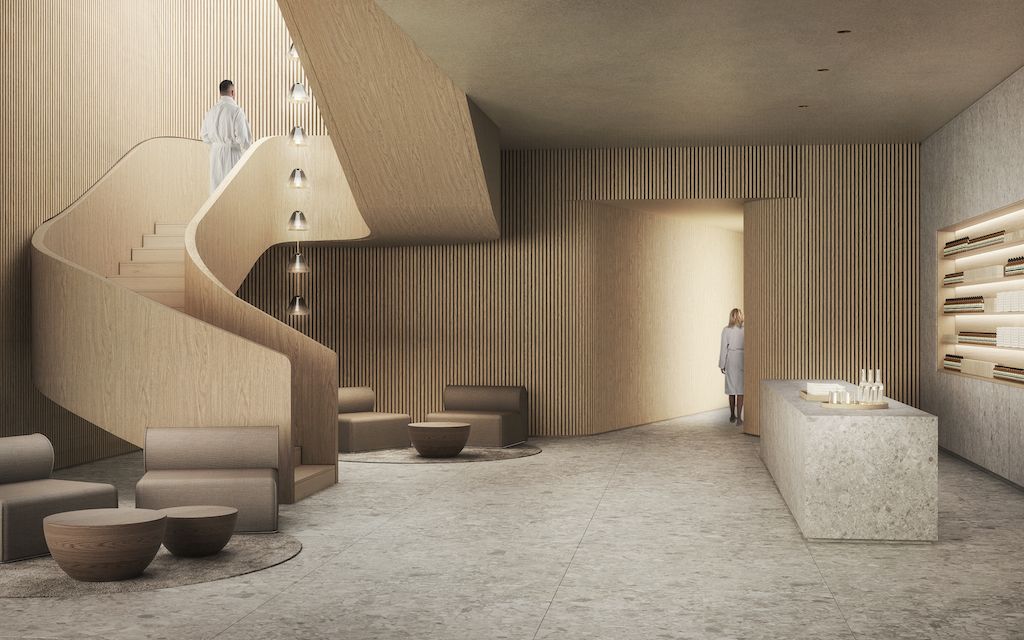
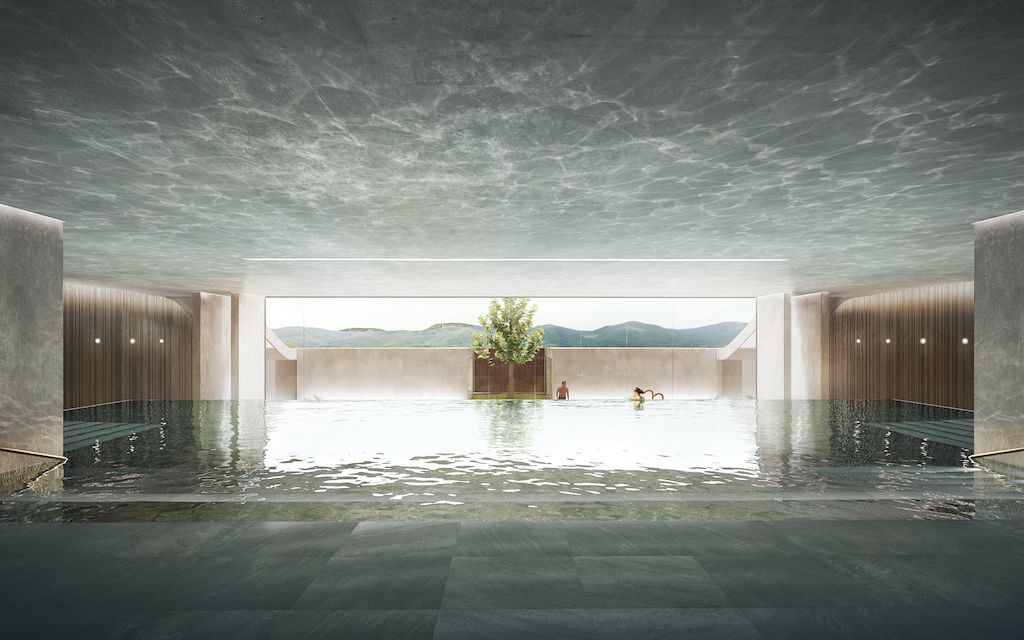
So far, the Buda Resort is only visible on the drawings, and we don’t have any information about the schedule of the project announced in May 2020 yet. So, until then, we’re left with dreaming about it, but according to lead designer Johannes Torpe, this is the most important anyway:
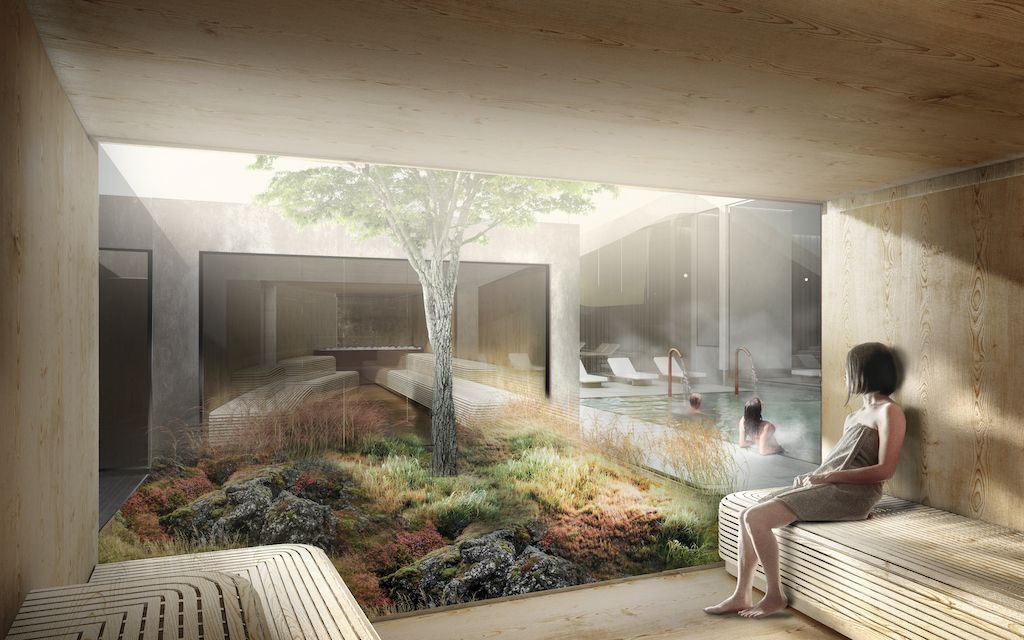
In these unstable times, it’s even more important to present projects encouraging people to dare to dream about a better future.

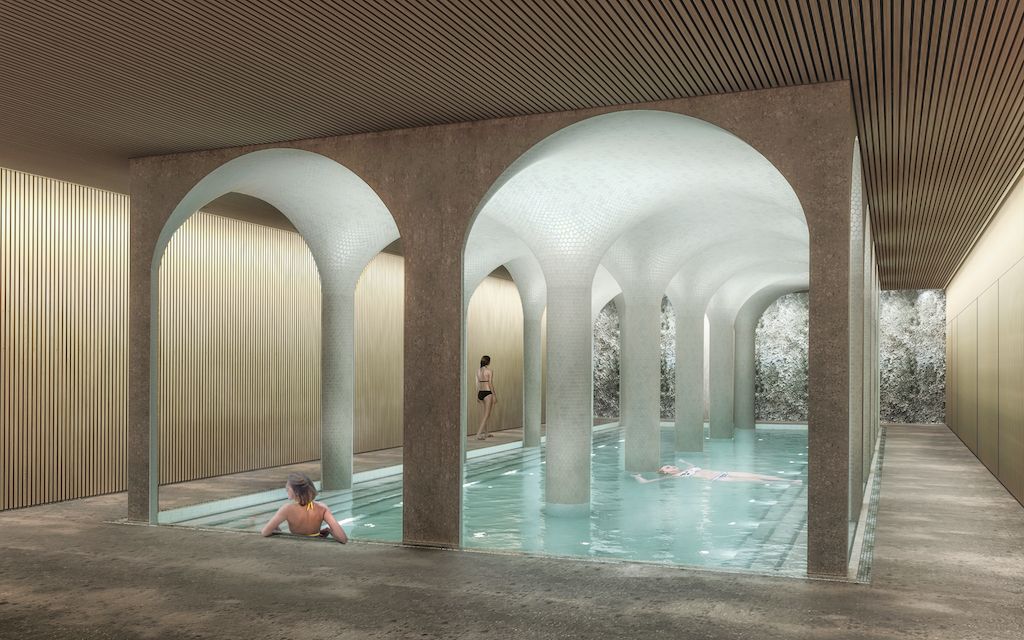
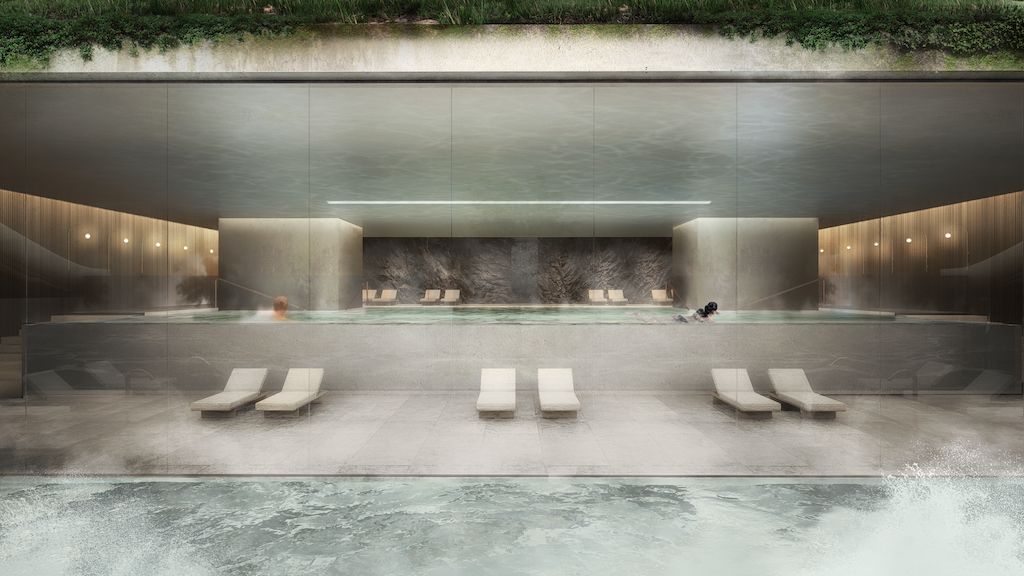

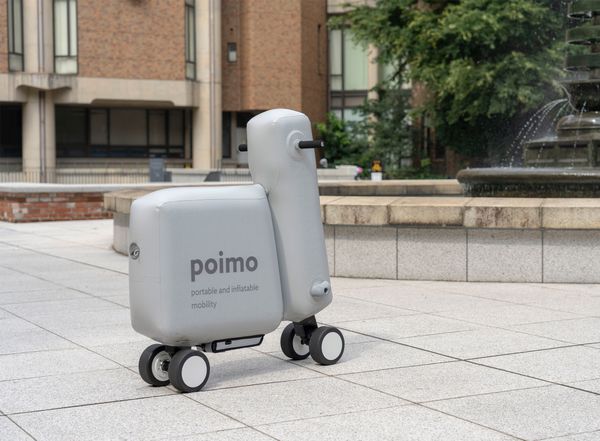
Inflatable electric scooter

HYPE | Weekly online program guide










